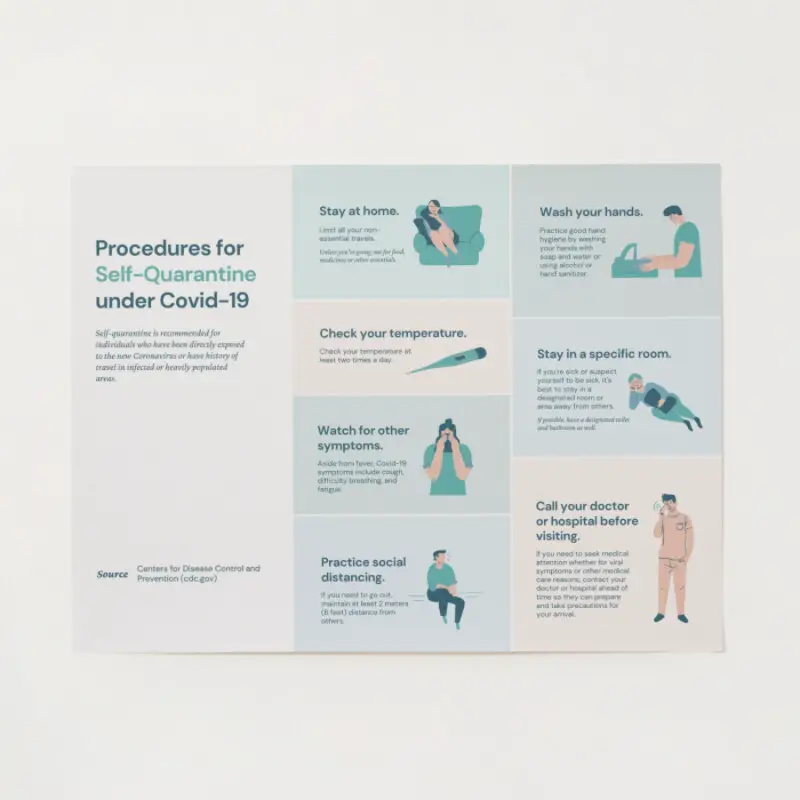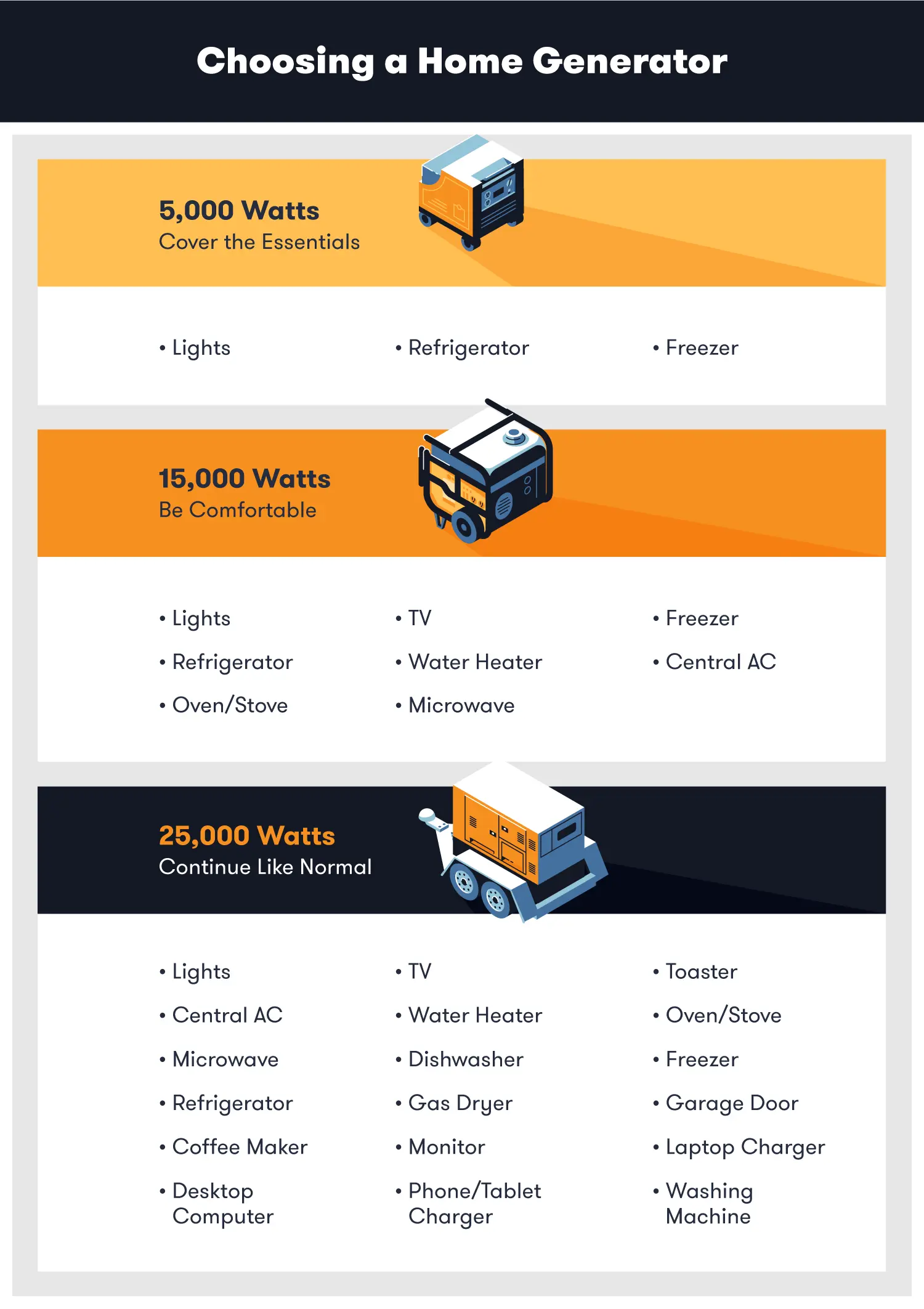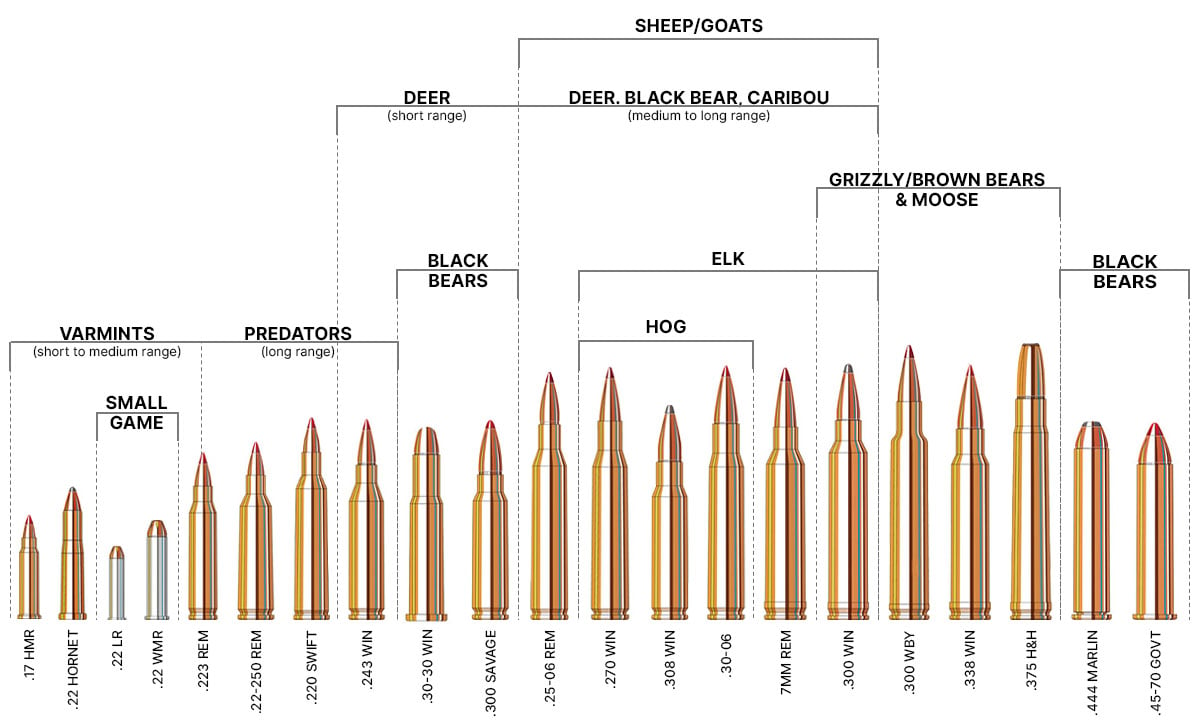Position your generator at least 20 feet away from your camper to prevent carbon monoxide risks. Ensuring safety comes first.
When it comes to using a generator while camping, it’s crucial to prioritize safety. One of the key considerations is the distance between the generator and your camper. Installing the generator too close can pose health risks due to carbon monoxide emissions.
To mitigate these dangers, a minimum distance of 20 feet is recommended. This separation helps to prevent dangerous fumes from entering your camper and ensures a safe and enjoyable camping experience. By adhering to this guideline, you can safeguard yourself and your fellow campers, minimizing the risk of carbon monoxide poisoning.


Credit: www.bigrentz.com
Factors To Consider For Generator Placement

Credit: www.amazon.com
Recommended Distance For Generator Placement
When placing your generator near your camper, it is crucial to consider the recommended distances for noise reduction and exhaust fume safety. By adhering to these guidelines, you can ensure a safe and comfortable camping experience.
Recommended Distances For Noise Reduction
- Place generator at least 20 feet away from your camper to minimize noise disturbance.
- Consider using sound barriers or enclosures around the generator for further noise reduction.
- Regularly maintain your generator to keep noise levels low during operation.
Recommended Distances For Exhaust Fume Safety
- Position generator at least 15 feet away from your camper to prevent inhalation of harmful fumes.
- Ensure that the generator exhaust is facing away from the camper to avoid fume buildup.
- Install a carbon monoxide detector inside the camper for added safety against exhaust fumes.
Tips For Safe Generator Placement
When placing a generator near a camper, ensure it is at least 20 feet away to prevent carbon monoxide exposure. Additionally, position the generator downwind, on a stable surface, and away from windows, doors, and vents. Regularly check for leaks and make sure the exhaust faces away from the camper to keep the area safe.
When setting up a generator for your camper, it’s crucial to consider the safety aspects of its placement. Properly positioning your generator can prevent carbon monoxide poisoning, minimize noise disturbances, and ensure optimal functionality. Follow these tips for safe generator placement:
Using Sound Barriers
One effective way to reduce the noise generated by your camper’s generator is to utilize sound barriers. These barriers can help absorb and block the noise, providing a more peaceful camping experience for you and nearby campers. Consider using materials such as acoustic panels or sound-dampening blankets to create a barrier between the generator and your campsite.
Utilizing Baffles For Exhaust
Exhaust noise from a generator can be particularly bothersome, especially in close proximity to your camper. To mitigate this issue, consider using baffles for the exhaust system. These devices can redirect the exhaust gases in a way that reduces noise levels. By installing mufflers or exhaust extensions with baffles, you can significantly decrease the generator’s noise output.
Positioning The Generator Correctly
The placement of your generator plays a crucial role in ensuring both safety and functionality. It’s essential to position the generator at a safe distance from your camper to avoid any risks of carbon monoxide poisoning. Follow manufacturer guidelines, but as a general rule, keep your generator at least 20 feet away from your camper and any nearby structures.
- Avoid placing the generator near windows, vents, or doors
- Make sure the generator is on a stable, level surface
- Provide proper ventilation and ensure there is no obstruction around the generator
- Protect the generator from direct exposure to rain or other environmental elements
Considering The Wind Direction
When setting up your generator, it’s critical to consider the direction of the wind. The wind can blow the generator’s fumes towards your camper, increasing the risk of carbon monoxide poisoning. Ideally, position the generator in a way that the prevailing wind blows the fumes away from your campsite. In case of changing wind patterns, regularly assess the generator’s position to ensure it remains safe.

Credit: www.sportsmans.com
Frequently Asked Questions Of How Far Away Should Generator Be From Camper
How Far From Camper Should A Generator Be Placed?
Generators should be at least 20 feet away to prevent carbon monoxide from seeping into the camper. Follow manufacturer’s guidelines and use a long extension cord if necessary.
What Dangers Are Associated With Generator Proximity To A Camper?
Carbon monoxide poisoning is a major concern. Placing a generator too close to a camper can lead to fatal consequences. To ensure safety, always maintain a sufficient distance.
What Are The Potential Risks Of Having A Generator Nearby?
Besides carbon monoxide poisoning, fire hazards and electrical shock risks also increase. It’s crucial to carefully consider the placement of the generator in relation to the camper.
Conclusion
Determining the optimal distance between a generator and a camper is crucial for safety and convenience. By following the manufacturer’s guidelines and considering factors such as noise levels, exhaust fumes, and fire hazards, you can ensure a pleasant camping experience.
Remember to prioritize the well-being of both yourself and fellow campers, and always be mindful of the environment. With proper planning and consideration, you can enjoy the benefits of a generator while minimizing any potential drawbacks. Word count: 53